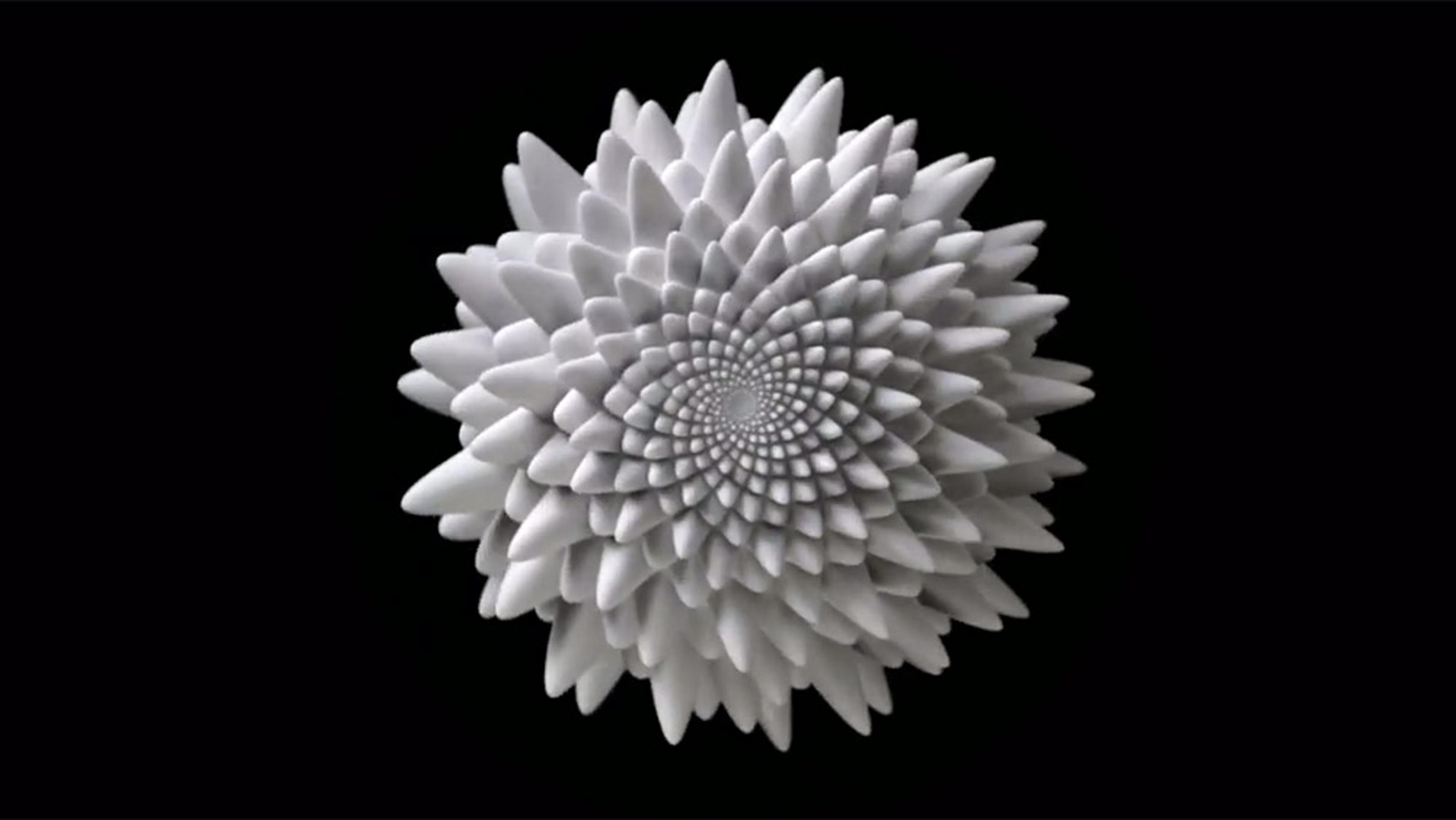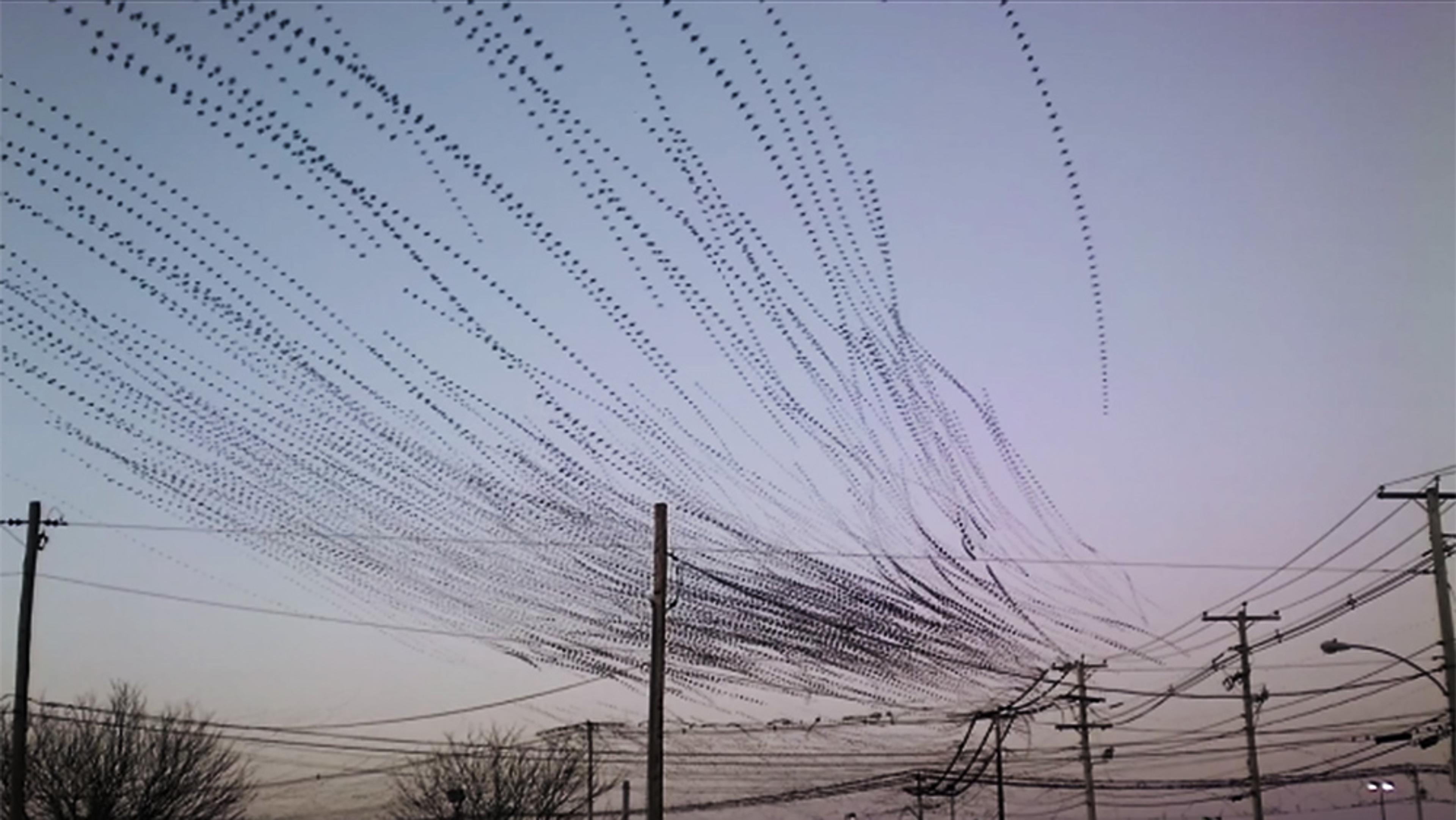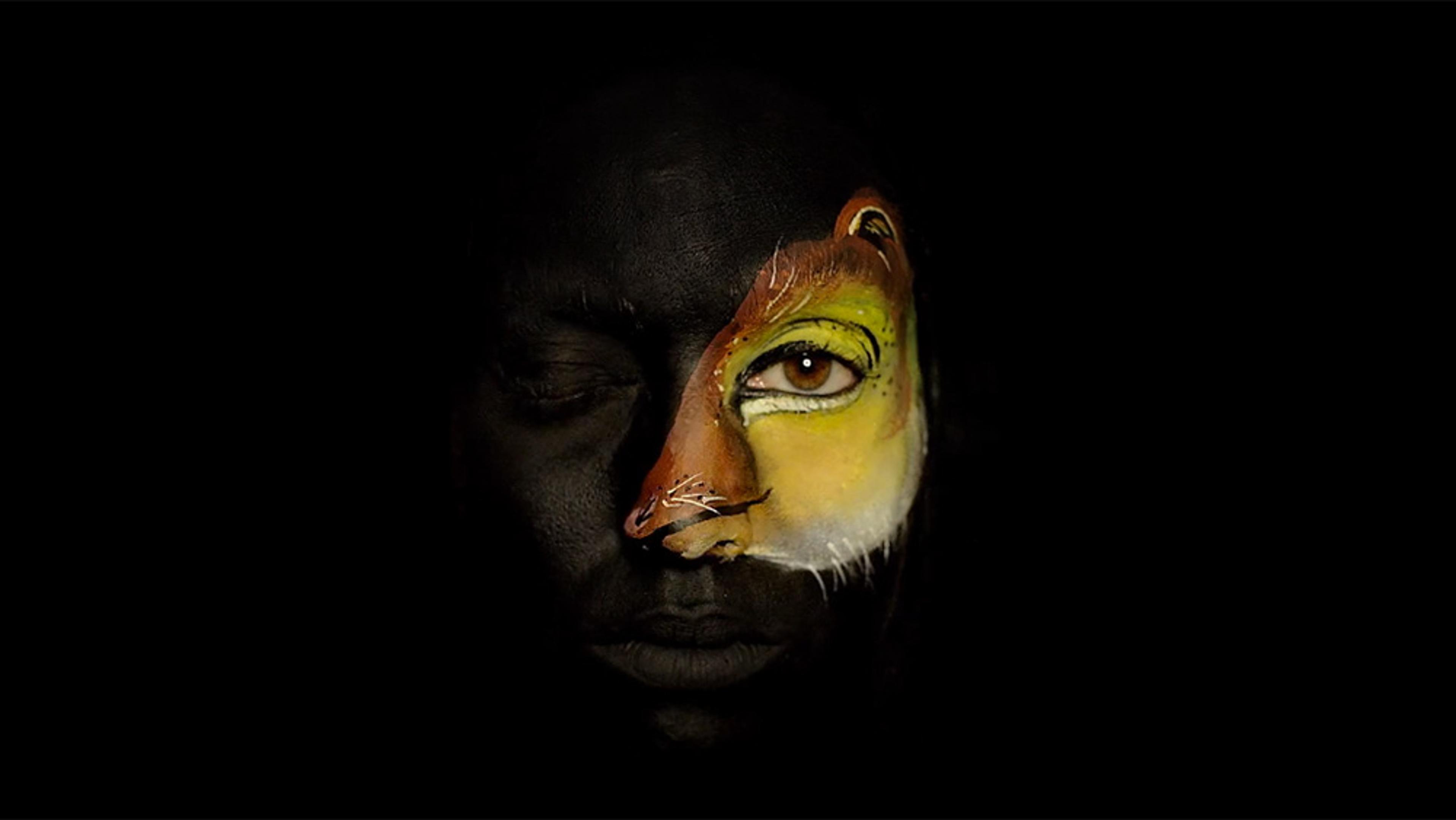The biomedical animator Drew Barry is known for his dazzling visualisations of biological processes that unfold on microscopic scales. As enlightening as it is arresting, his imagery straddles the line between science and art, as seen in his work as the in-house animator for the Walter and Eliza Hall Institute of Medical Research in Melbourne, Australia, and in his music video collaboration with Björk. In this short, partially inspired by the classic science film Powers of Ten, Barry provides a richly detailed visual rendering of a rather profound moment: a nematode worm’s egg cell resetting the biological clock to zero through self-fertilisation. Incorporating microscopy and modelling, the piece zooms from cellular to molecular levels to depict this process, which results in a form of biological immortality – not for the individual or even the species, but for life itself.
Via Labocine







